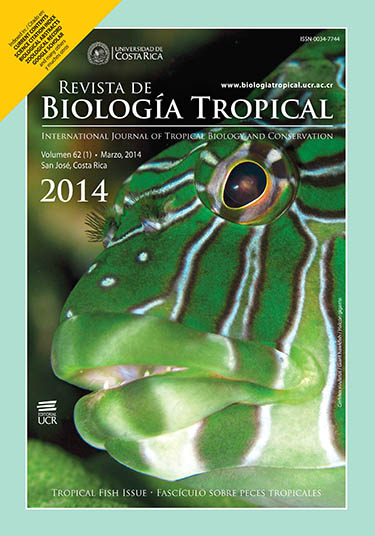Abstract
The impacts of forest fragmentation on both reproductive biology and genetic diversity of native plant species is hardly understood, despite some studies have analyzed this current worldwide problem. Since this constitutes one of the main threats to seasonal semi-deciduous forests in Southeastern Brazil, we investigated the reproductive success and the genetic diversity of a distylous, understory shrub (Psychotria hastisepala) within this context of forest fragmentation. For this study, a set of seven forest fragments of sizes ranging from 4.1 to 168.7 hectares were chosen. The intervenient matrix comprised pastures (25-50%), monocultures (33-50%) and rural roads and buildings (14-28.5%). Overall, 91 plants (54 for the short-styled morph and 37 for the long-styled morph; mean of 6.5 plants per fragment) were investigated. To evaluate reproductive success, we quantified fruit and seed production under natural pollination; to evaluate genetic diversity and population structure, we employed ISSR markers on genomic DNA. Plants with the short-styled morph exhibited a significantly higher reproductive success than those with the long-styled morph; there was no association between seed production and size of the forest fragment. Levels of genetic diversity were positively associated with the number of plants per fragment; but they were not related to flower morph. AMOVA showed that about 65% of the overall genetic variation was attributed to the differences between plants within fragments. The results suggested that populations of P. hastisepala were susceptible to decline owing to forest fragmentation.






